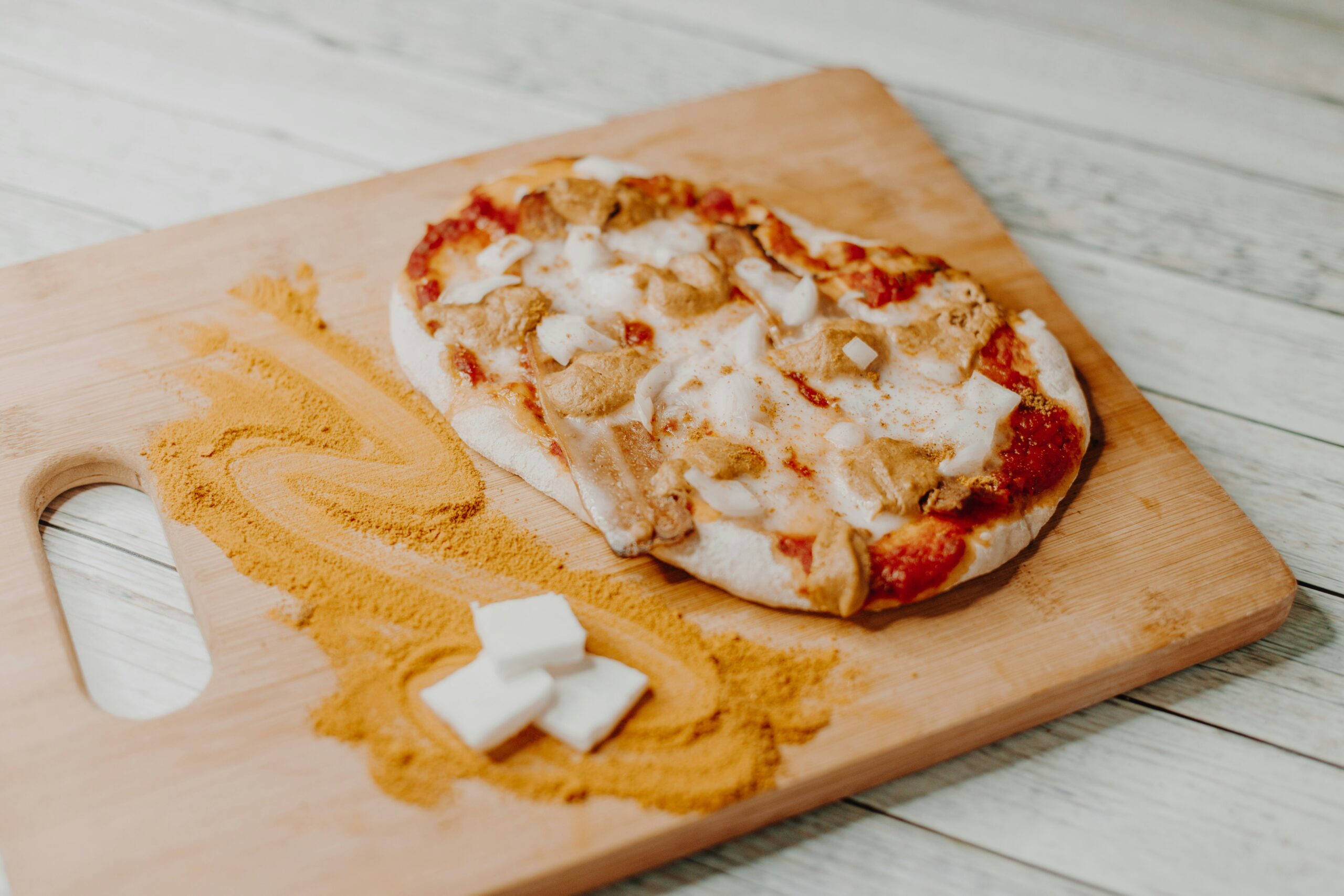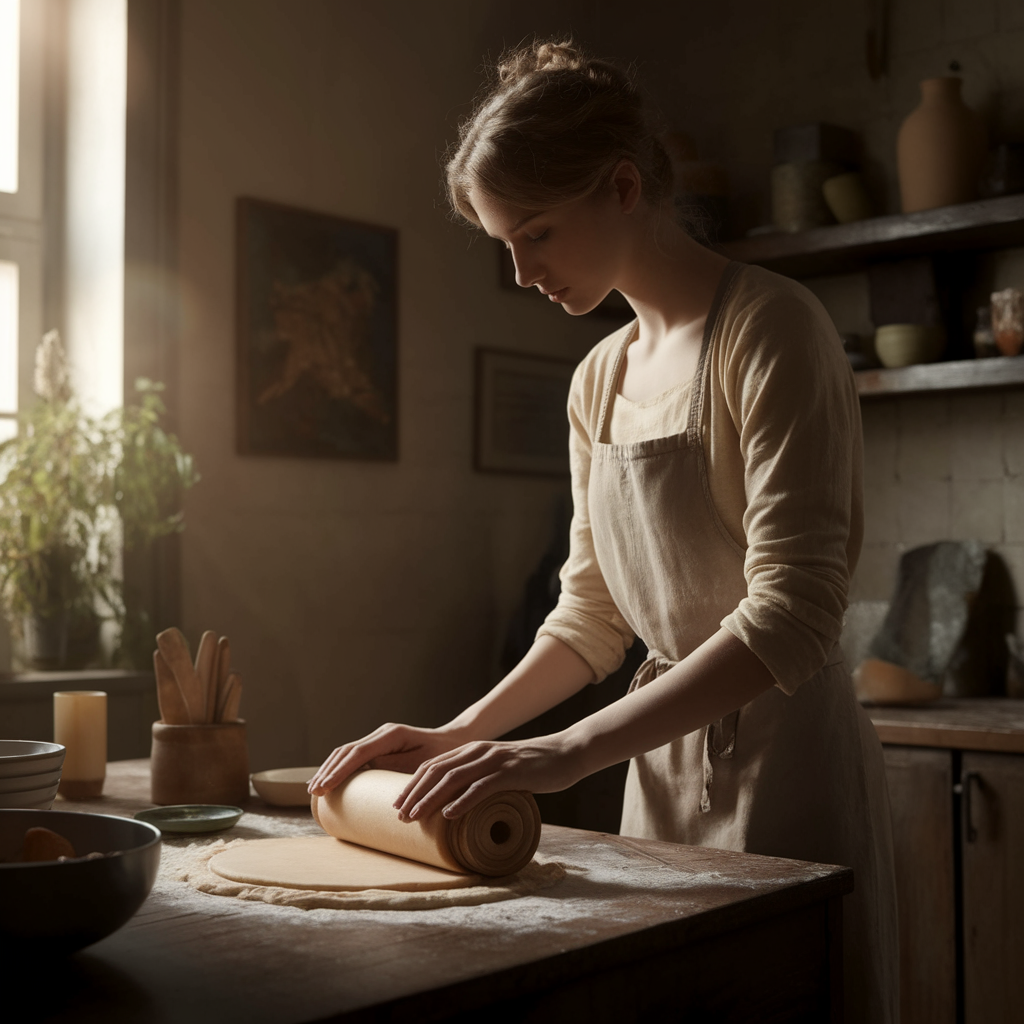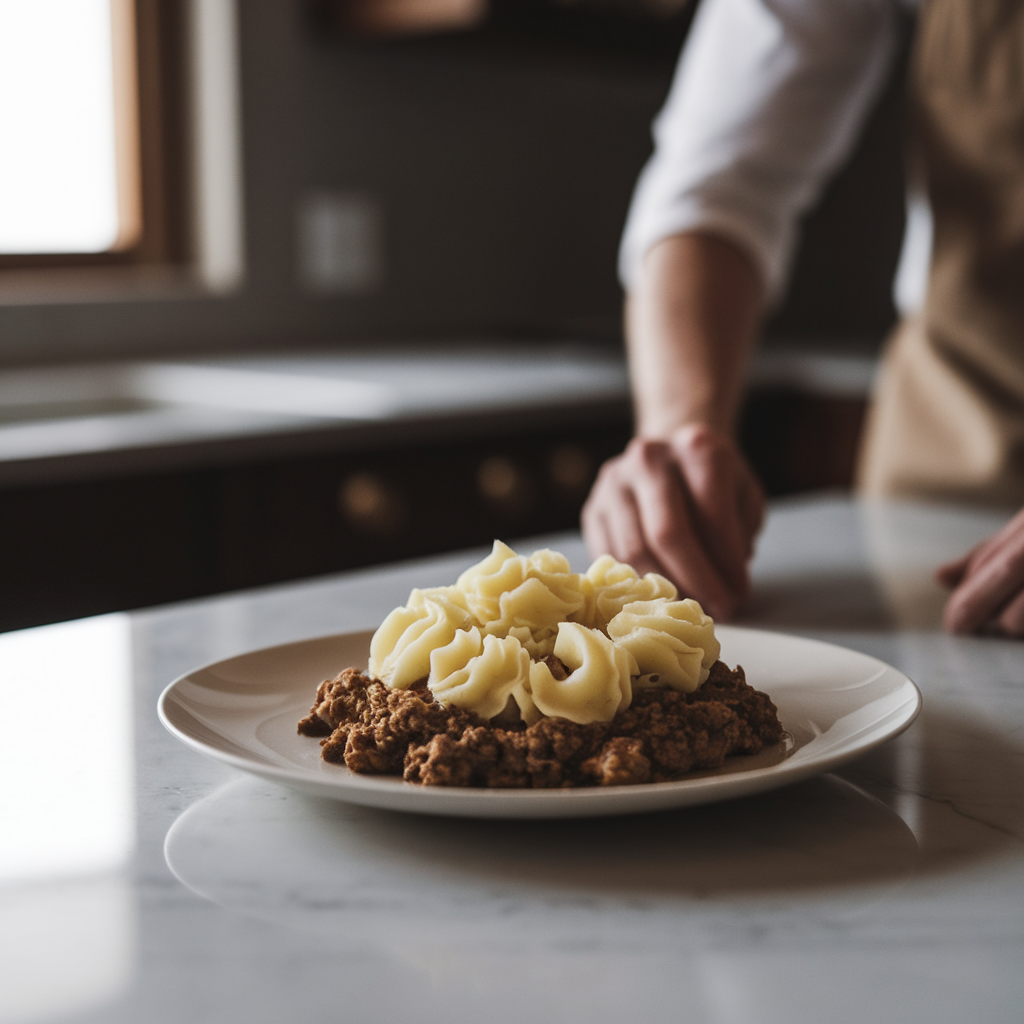Rediscovering Roots Through Culinary Heritage
There’s something inherently comforting about the aroma of a home-cooked meal wafting through the kitchen. It’s a sensory journey that often transports us back to childhood, evoking memories of family gatherings, laughter, and perhaps a bit too much enthusiasm around the dinner table. For many, traditional recipes serve as a bridge to the past, connecting generations through the shared act of cooking. It struck me that these recipes, passed down from our grandparents (and sometimes great-grandparents), do more than just fill our bellies; they nourish our souls.
The Essence of Home Cooking
Home cooking, in its truest form, is about more than just sustenance. It’s a canvas for creativity, a vessel for memories, and, let’s be honest, a way to show love. Whether it’s the hearty stew simmering on the stove or the delicate pastry rising in the oven, each dish tells a story. But what defines home cooking? Is it the ingredients, the technique, or perhaps the love infused into every bite?
In my quest to explore this question, I reached out to several food enthusiasts—chefs, home cooks, and even my own family members. Their responses varied, yet a common thread emerged: home cooking symbolizes comfort, tradition, and connection. “When I make my grandmother’s lasagna,” one friend shared, “I feel like she’s right there with me, guiding my hands.” It’s this sentiment—this sense of connection—that truly defines the heart of home cooking.
Family Recipes: A Legacy of Love
Family recipes often hold a special place in our hearts. They’re not merely lists of ingredients but rather cherished traditions. I can recall my mother’s famous chocolate chip cookies—perfectly chewy, with just the right amount of chocolate. Each time I bake them, I’m reminded of the countless afternoons spent in the kitchen, her guiding hand helping me measure flour and sugar. Those cookies became our family’s unofficial currency, exchanged at birthday parties, holiday gatherings, and simply for the joy of sharing.
The Power of Food Memories
Food has an incredible ability to evoke memories, and this phenomenon is rooted in neuroscience. Some studies suggest that our sense of smell is closely linked to memory, which explains why the scent of fresh-baked bread might transport you back to your grandmother’s kitchen. The emotional connection to food can be powerful—triggering nostalgia that warms the heart and soothes the spirit.
Capturing Traditions in Recipes
To further illustrate the importance of these culinary traditions, let’s take a closer look at some beloved family recipes that have stood the test of time. Here’s a brief rundown of a few dishes that have become staples in many households:
- Grandma’s Chicken Noodle Soup: A remedy for everything from colds to heartaches, this soup is a warm hug in a bowl.
- Dad’s BBQ Ribs: Smoky, tender, and slathered in homemade sauce, these ribs are a summer staple that brings everyone together.
- Aunt Sally’s Apple Pie: With a flaky crust and spiced filling, this pie is the pinnacle of comfort food—best enjoyed with a scoop of vanilla ice cream.
Each of these recipes carries unique stories and memories, often tied to specific moments in time. For instance, the chicken noodle soup recipe was passed on to my mother by her mother, who claimed it could cure any ailment. “You could have a broken leg, and it would still make it better,” she’d joke. The humor in that statement is a testament to the love and warmth embedded in those flavors.
Preserving Culinary Heritage: The Role of Storytelling
The significance of storytelling in cooking cannot be overstated. Every recipe has a story—whether it’s how a dish came to be or the family traditions surrounding it. In recent years, there has been a resurgence in the importance of storytelling within the culinary world. Cookbooks are no longer just collections of recipes; they are narrative journeys that invite readers into the author’s world.
One such example is the cookbook “Salt, Fat, Acid, Heat” by Samin Nosrat. It’s not just a guide to mastering cooking techniques; it’s a love letter to food and the stories that shape our experience with it. “Cooking is like love,” Nosrat writes, “it should be entered into with abandon or not at all.” This sentiment encapsulates the joy of cooking for loved ones and the narratives that accompany each dish.
Bridging Generations Through Cooking
As families evolve and grow, so too do their culinary traditions. Many young adults are now embracing the challenge of recreating their family recipes while adding their own twists. This blending of old and new allows for the preservation of heritage while encouraging creativity. I’ve seen it firsthand in my own family; my cousin has taken Grandma’s lasagna recipe and turned it into a vegetarian version, using roasted vegetables and a delicious béchamel sauce.
It’s fascinating how food evolves, adapting to the tastes and preferences of the current generation while still honoring its roots. This dynamic interplay creates a vibrant tapestry of family traditions that can be cherished for years to come. As one chef I interviewed put it, “We’re all just remixing the past. It’s all about taking what we love and making it our own.”
The Modern Kitchen: Technology Meets Tradition
In this digital age, home cooking has taken on a new dimension. Social media platforms like Instagram and TikTok have become the new recipe books, allowing cooks from all over the world to share their culinary creations with the click of a button. While some purists may argue that technology detracts from the traditional cooking experience, I believe it enhances it, allowing for a broader exchange of ideas and techniques.
Consider how the viral success of a recipe can inspire countless adaptations—one person’s take on grandma’s chicken soup could morph into another’s spicy chicken pho. This cross-pollination of culinary ideas fosters creativity, encouraging cooks to experiment and innovate while still respecting the traditions that came before.
Cooking Classes: Bridging the Gap
As someone who enjoys exploring diverse cuisines, I’ve found that cooking classes can be a fantastic way to learn about different cultures while connecting with others. Whether it’s a local Italian cooking class or an online Indian spice workshop, these experiences not only teach valuable skills but also create a sense of community. Participants often share their own family recipes, and suddenly, you’re surrounded by a chorus of culinary stories, all woven together by the common thread of food.
Through these classes, I’ve learned how to make everything from homemade pasta to fragrant curries. Each dish carries with it the essence of its origin, and I often leave with a newfound appreciation for the culinary traditions of others. Plus, there’s nothing quite like the camaraderie that develops over a shared meal.
The Future of Family Recipes
As we look to the future, the importance of preserving family recipes and culinary traditions remains paramount. Many families are now documenting their culinary heritage, creating digital cookbooks or blogs to share their recipes and stories. This practice not only honors past generations but also ensures that future generations can enjoy the same flavors and memories.
But what happens when a recipe is lost? It’s a fear that lingers in the minds of many. I remember the day my aunt called me, distressed over the fact that she had misplaced her mother’s famous biscuit recipe. “I can’t remember how much baking powder to add!” she lamented. We spent the afternoon rifling through old cookbooks, hoping to find a clue. This experience underscored the fragility of these cherished recipes, reminding us of the importance of documenting them before they fade away.
Encouraging the Next Generation
Bringing children into the kitchen is one of the best ways to ensure the continuation of family recipes. Teaching them to cook while sharing stories about the dishes creates a rich tapestry of memories that they will carry into adulthood. I often cook with my niece, who is developing quite the skills in the kitchen. “Auntie, can we make the cookies like Grandma used to?” she asks, her eyes sparkling with excitement. Those moments are pure magic—seeing the next generation embrace our family’s culinary heritage warms my heart.
A Taste of Tradition
As I reflect on the multitude of flavors and experiences that shape home cooking, I am reminded of the simplicity and beauty found in these family recipes. They are the threads that weave us together, binding us through shared experiences and cherished traditions. Whether it’s a recipe for chicken soup or a decadent chocolate cake, each dish tells a story that transcends time and space.
In a world that often feels chaotic and fast-paced, the act of cooking at home serves as a grounding force. It invites us to slow down, savor the moment, and connect with those we love. Even when the world around us changes, the kitchen remains a sanctuary where we can find comfort in the familiar.
Final Thoughts
So, how do we ensure that these family recipes endure? It’s simple: we cook, we share, and we tell stories. We invite our loved ones into the kitchen, passing down not just recipes, but the love and wisdom that come with them. In doing so, we create an unbreakable bond that ties us to our past while paving the way for future generations to savor the flavors of tradition.
As we embark on our culinary journeys, let us celebrate the richness of home cooking—a journey that is not merely about the food on our plates but the memories and connections we create along the way. So grab that old recipe card, dust off your mixing bowl, and let’s get cooking. After all, there’s nothing quite like the taste of tradition.




